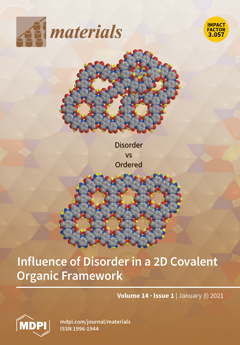Open AccessEditor’s ChoiceArticle
Four-Fold Multi-Modal X-ray Microscopy Measurements of a Cu(In,Ga)Se2 Solar Cell
by
Christina Ossig, Christian Strelow, Jan Flügge, Andreas Kolditz, Jan Siebels, Jan Garrevoet, Kathryn Spiers, Martin Seyrich, Dennis Brückner, Niklas Pyrlik, Johannes Hagemann, Frank Seiboth, Andreas Schropp, Romain Carron, Gerald Falkenberg, Alf Mews, Christian G. Schroer, Tobias Kipp and Michael E. Stuckelberger
Cited by 13 | Viewed by 3562
Abstract
Inhomogeneities and defects often limit the overall performance of thin-film solar cells. Therefore, sophisticated microscopy approaches are sought to characterize performance and defects at the nanoscale. Here, we demonstrate, for the first time, the simultaneous assessment of composition, structure, and performance in four-fold
[...] Read more.
Inhomogeneities and defects often limit the overall performance of thin-film solar cells. Therefore, sophisticated microscopy approaches are sought to characterize performance and defects at the nanoscale. Here, we demonstrate, for the first time, the simultaneous assessment of composition, structure, and performance in four-fold multi-modality. Using scanning X-ray microscopy of a Cu(In,Ga)Se
(CIGS) solar cell, we measured the elemental distribution of the key absorber elements, the electrical and optical response, and the phase shift of the coherent X-rays with nanoscale resolution. We found structural features in the absorber layer—interpreted as voids—that correlate with poor electrical performance and point towards defects that limit the overall solar cell efficiency.
Full article
►▼
Show Figures






